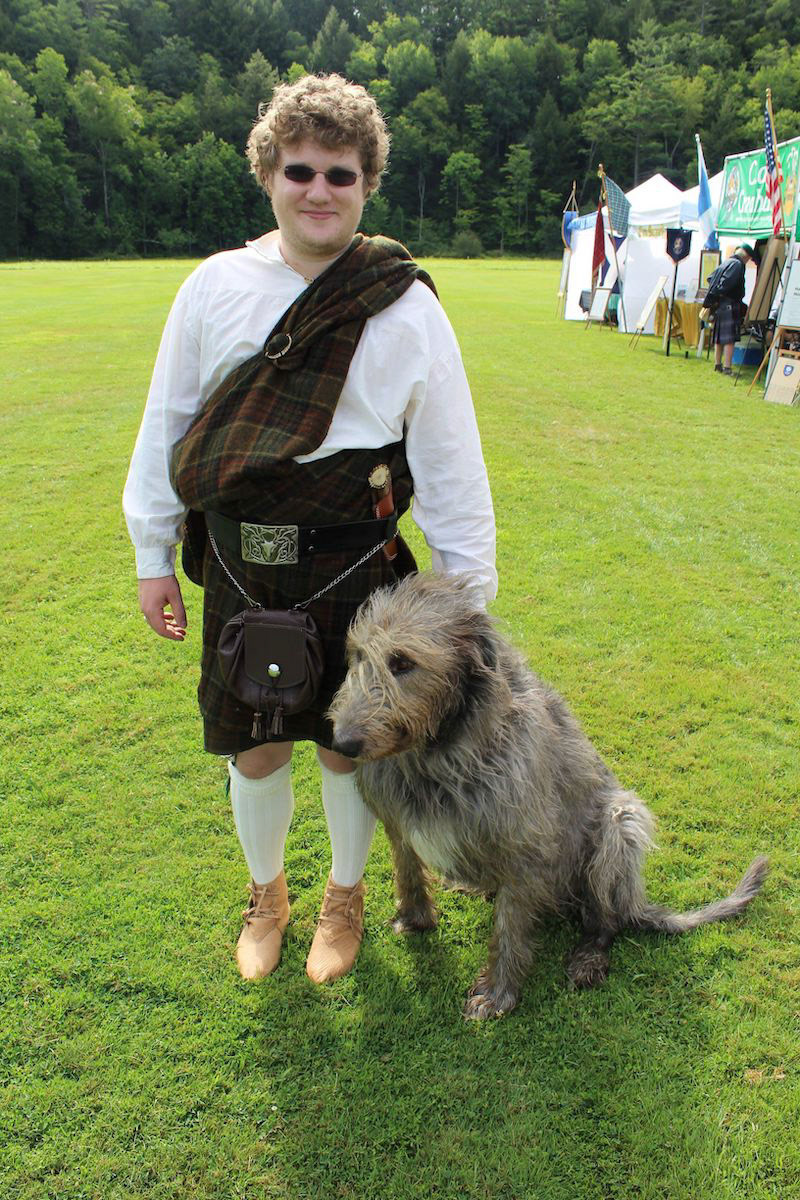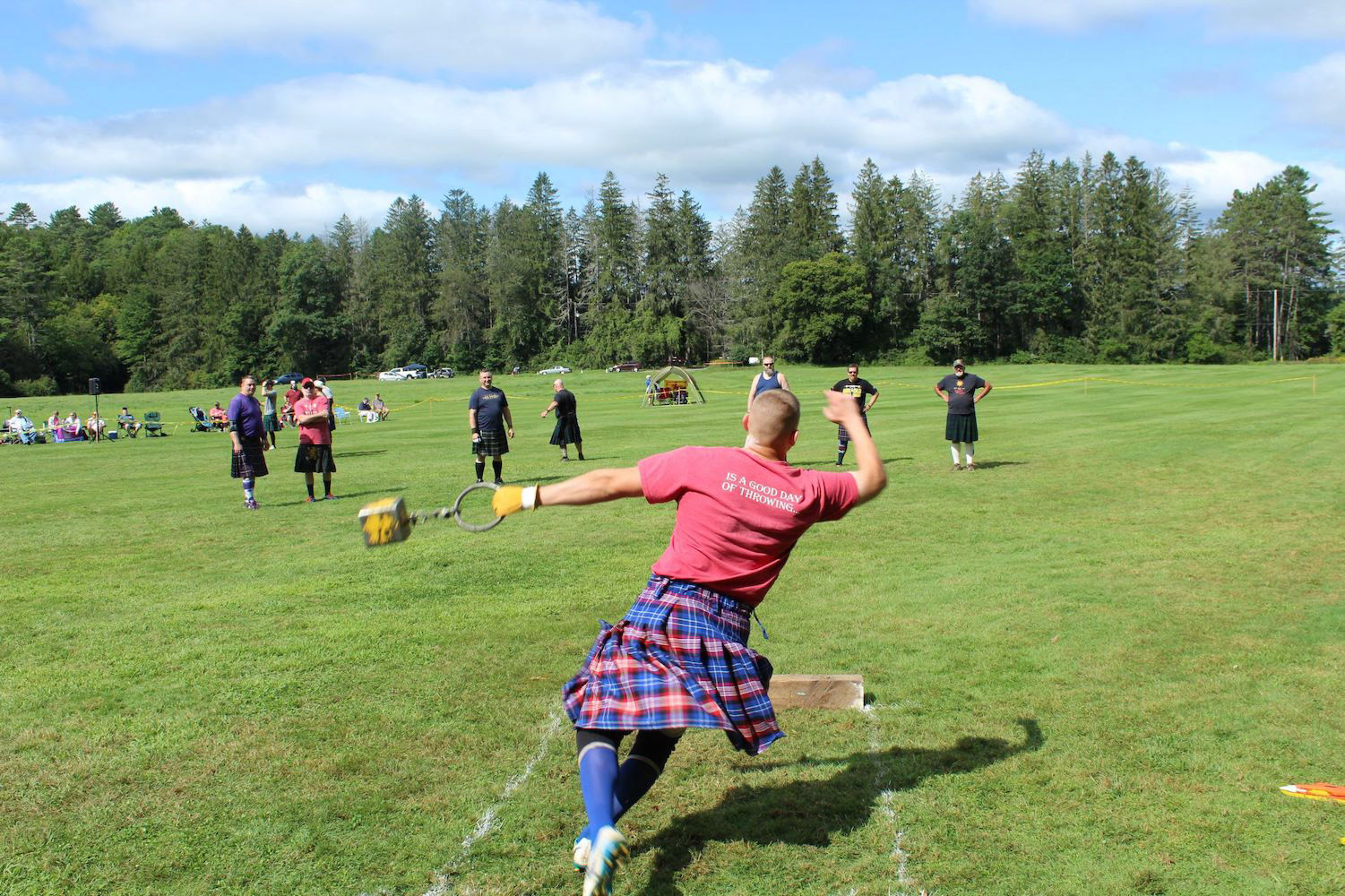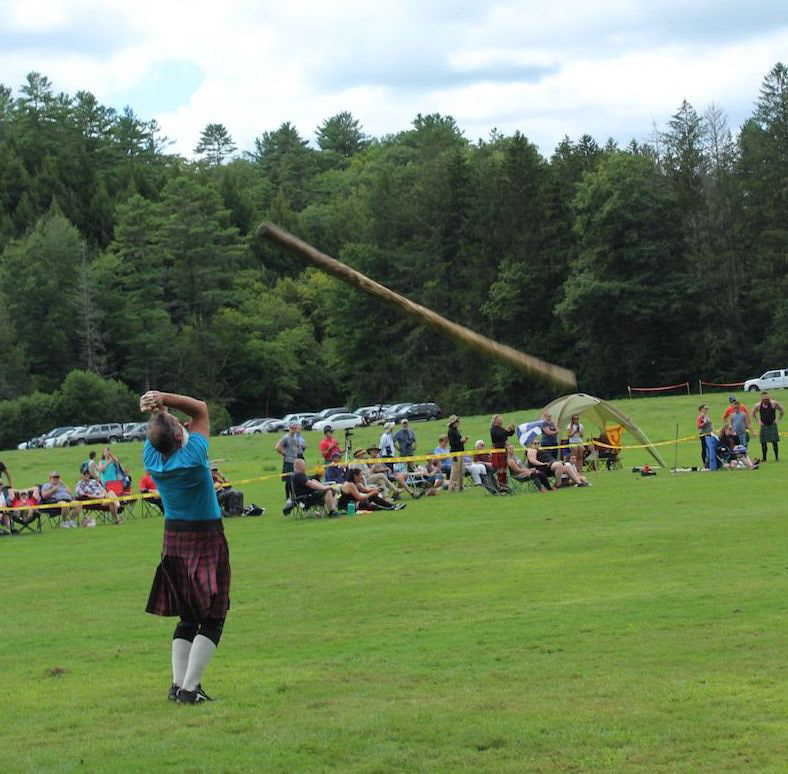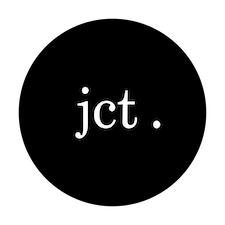By Isaac Lorton
Walking into a field of Tartan is a uniquely Scottish experience. Whether it be the myriad flags flying from the vendor and clan tents or the many kilts roaming around the vast green field of the Quechee Polo Grounds, the Quechee Highland Games highlights the best of traditional Scottish culture for the Upper Valley.
Vendor’s Row welcomes people to the field and funnels them toward the food and music. The main thoroughfare is lined with Scottish fares: leather works, a blacksmith, custom-made kilts, and decorative Celtic knots.
Nearby are the clan tents. Each clan has their own Tartan patterns and each booth has its crest proudly displayed. Attendees can learn more about each clan and its history at the booths, as well as the common family names that make up the clan. For those unsure of their Scottish heritage, a research booth at the entrance of the collection of clans can help. Books of family names, Tartans, crests, mottos, and maps guide people to their ancestors or simply teach Scotland’s historic societal structures.
A group known as the Historic Highlanders reenact what daily life would be like in Scotland from the 1300s to mid 1700s.

Photo by Isaac Lorton

Photo by Isaac Lorton

Photo by Isaac Lorton

Photo by Isaac Lorton
In the athletics arena, stones rain down from the sky, tree trunks are flipped end-over-end, hammers soar through the air, and everyone is jubilant. The athletics portion of the Games draws competitors from all over New England to compete in some familiar and some not-so-familiar events.
Beginning with stone throwing, or braemar stone, the event looks pretty similar to an Olympic shot put event — except the competitor is wearing a kilt. First, there’s a stand-still, straight-push round, then there’s a spin-o-rama round, where the throwers can get some extra force behind the mini-boulders. Then they throw weights. That’s it; just a heavy block attached to a chain and ring, and they can only use one hand. And then the block gets doubles in weight for round two. Depending on the class the person is competing in — men’s masters (over 40), men’s heavyweight, men’s lightweight, women, and youth — the weights range from 14 pounds to 56 pounds.

Photo by Isaac Lorton

Photo by Isaac Lorton
Next they throw the heavier weight over a bar, also with one hand, and the bar progressively gets higher, like pole vault. Then the Sheaf Toss where the athletes stab a bag of straw with a pitchfork and launch it into the air over the bar. Then onto the hammers, which may seem like a pretty simple concept to get, until you see a group of people with specially made spiked boots digging their bladed toes into and sometimes over, 100 feet. And finally, the Caber Toss. It is the quintessential Scottish game, where one lifts a long pole, and once balanced, attempts to flip it over. The crowd holds its breath as the athletes fight for control and then gasp when the pole is released. Regardless of whether the pole flips or not, fans are appreciative of the effort and skill it takes to upend a tree trunk.
Adjacent to the cries of exertion and the grunts of effort, Katie McNally, a fiddler from Boston, regails the crowds with her Nova Scotian-Celtic tunes. Food and beverage vendors sit just outside the entertainment tent. One can get a scotch egg, meat pies, pastries, and an Irn-Bru, which is often referred to as Scotland’s second national drink, after scotch whiskey.
The Parade of Clans is around midday. Clan members don their colors and leave their tents. The St. Andrews Pipe Band of Vermont marches down the center row playing a tune. The clans march around the square carrying their flags and step forward to be acknowledged during a role call. Pride and pomp are abundant.
For the past 49 years, Scottish Arts, Inc. puts on the games as a way to celebrate and share Scottish heritage in our region. For Event Coordinator Jen Batelle, the Quechee Highland Games is a complicated process showcasing all of the different aspects of traditional Scottish culture in one fun, competitive, entertaining, and educational event.
“You have to put all of these parts together so that it fits in one day,” Batelle said. “It’s kind of like you’re directing an orchestra.”
An orchestra of bagpipes, fiddles, laughter, and the prominent thud of objects being thrown.
Photo by Isaac Lorton
Isaac Lorton is thrilled to be writing, editing, and photographing in the Twin State region. Simply, Isaac is happy to be here in this place at this moment with this group of people.
